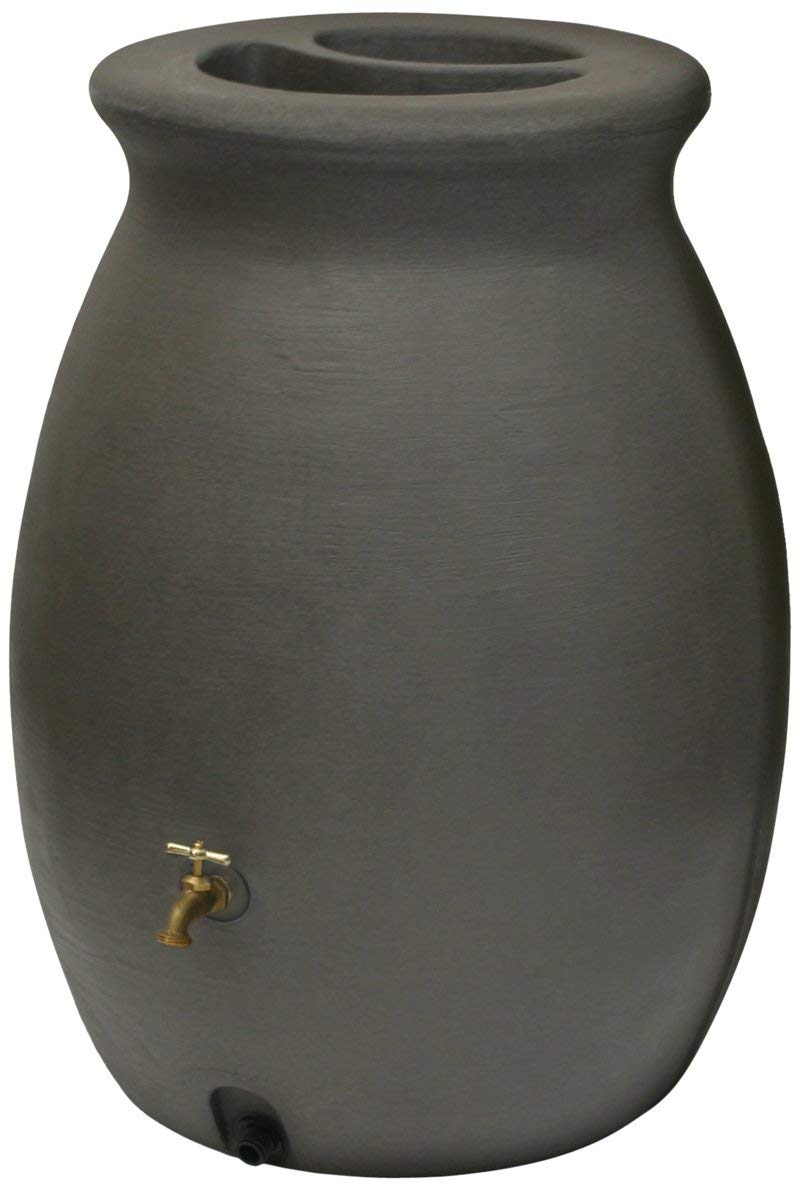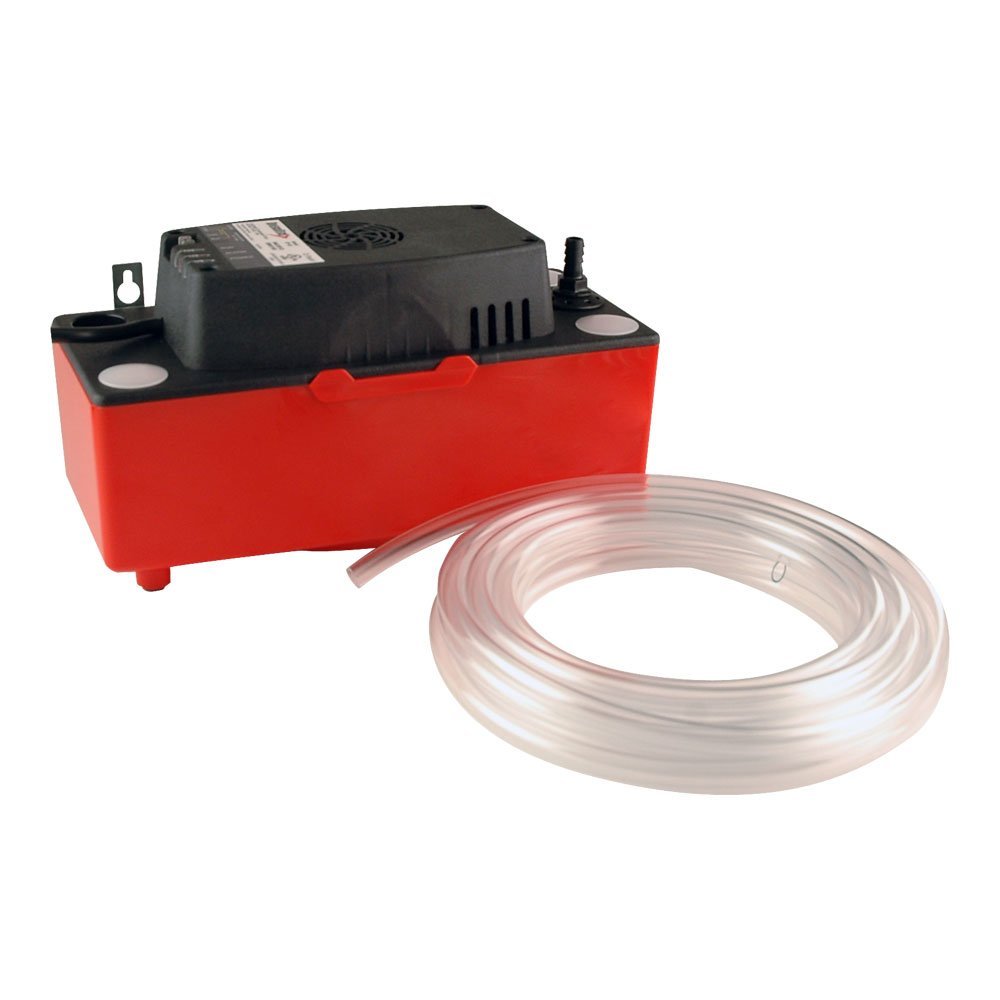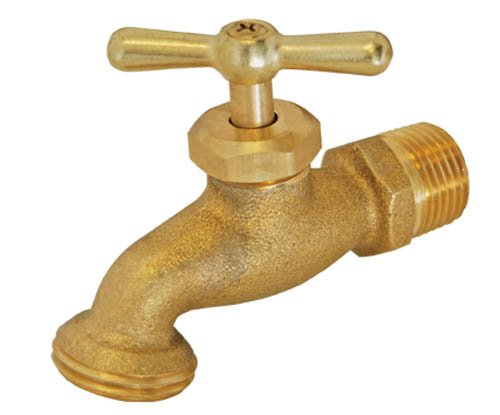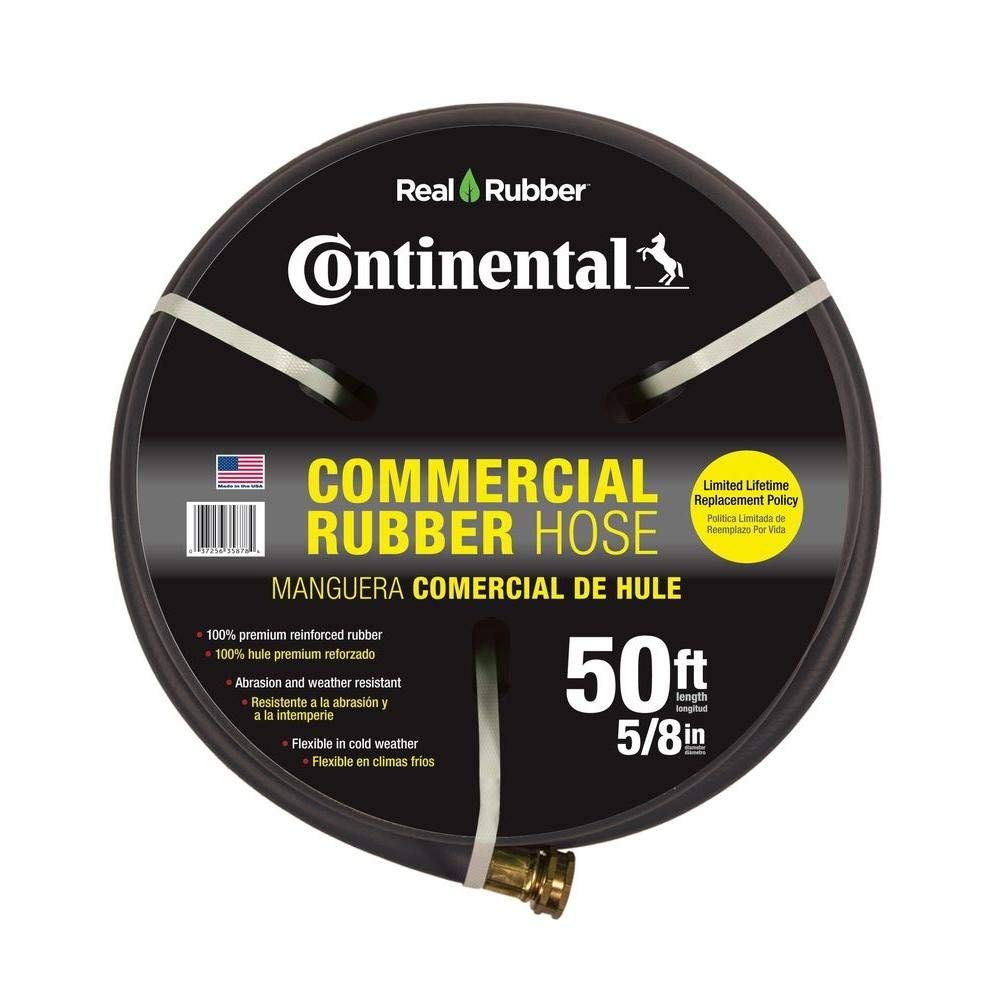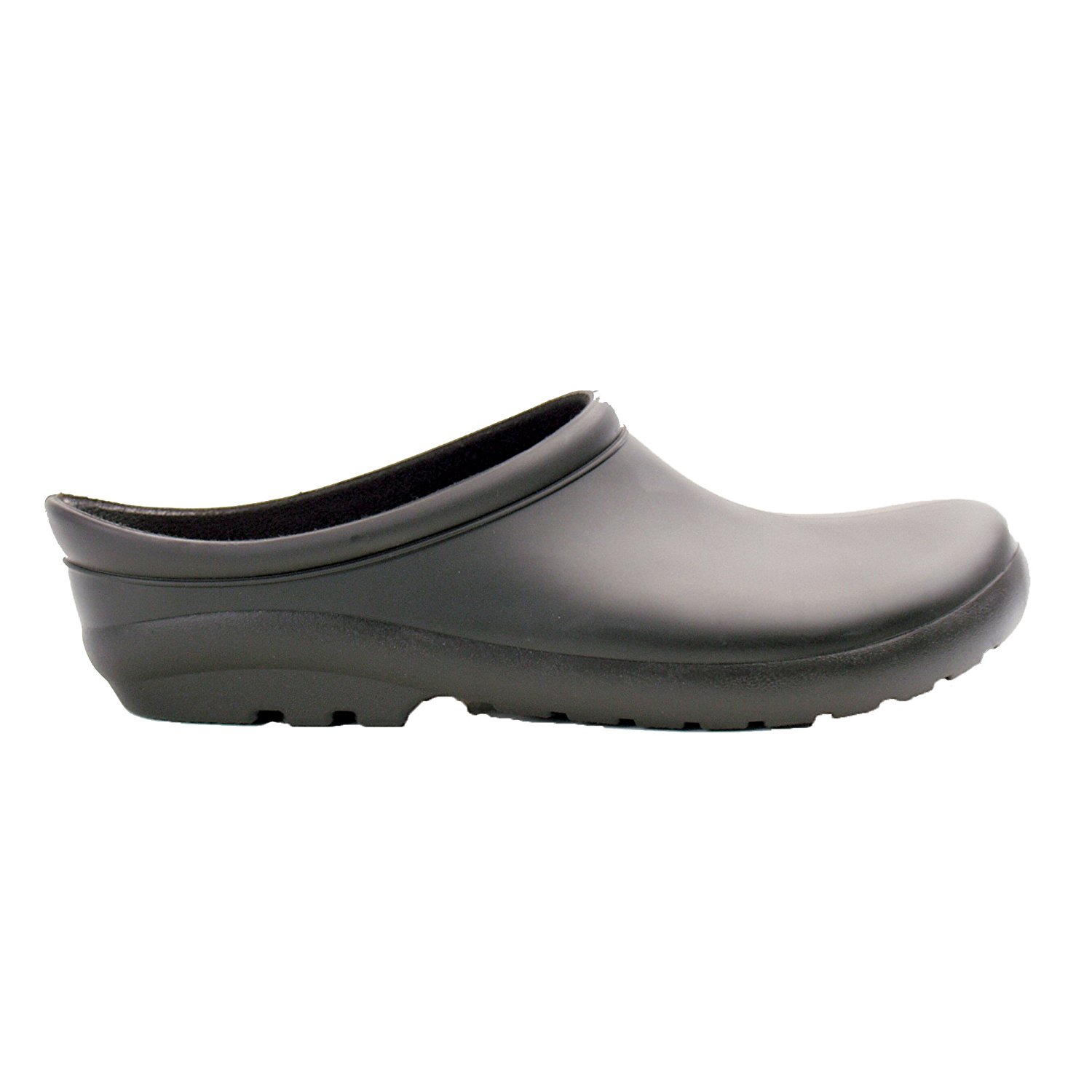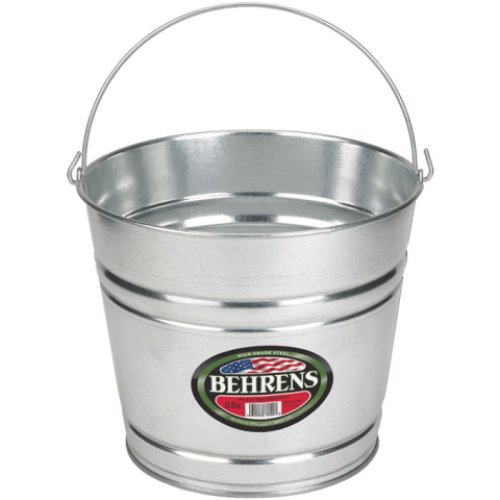How I Fill Up My Rain Barrel During a Drought with Recycled A/C Water
/I love finding creative ways to recycle and I especially like using waste byproducts. My motto is, "when life gives you lemons, make lemonade - and then use those rinds to clean your garbage disposal and then make a homemade citrus cleaner." When I learned that I could tap into my air conditioner to gain recycled water it was an easy and cheap no-brainer for free water that we use in the garden.
To many of you, "free water" sounds ridiculous, but in my part of the country, it's gold. We haven't had rain in San Diego since March and we're lucky if we get 5 inches of rainfall this entire year. We've been in a drought for a decade so water is so scarce that folks are shunned for watering their lawns. Yet, on the hottest summer days, my rain barrel overflows with water. This bounty of liquid gold is the waste from our air conditioner which we turn on only when it's hot, and thus is the perfect time to use spare water in the garden. Win-win!
Where that water comes from
Air conditioners cool the air by first pulling the hot and humid air from the house into the evaporator. When that warm air hits the refrigerated coils of the A/C unit, the humid water vapor turns to liquid. This water is considered a waste byproduct and traditionally is run back into the main drain line of the house. Depending on the humidity and how much the unit is running, a house can produce upwards of 20 gallons a day. Instead of sending all the water down the drain, I harvest the recycled water to feed the plants in our garden.
How to harvest the recycled water
When we had our A/C installed, I asked the crew if they could run the recycled water directly into the rain barrel 30 feet away. They said, "sure!" and did it for no extra charge. Since the rain barrel is uphill from the A/C condenser, they installed a pump that pushes the water uphill and into the top of the barrel.
(side note: I don't know why this is such a mess, but just because I don't see it on the daily doesn't mean I won't crawl down there and rearrange all those wires one day.)
The pump is designed specifically to pump air conditioning condensate so the set-up was relatively simple for them - in fact, it was probably easier than tappng into our main drain line. The pump is connected to plastic tubing, and then into a copper tube that runs 30 feet to the barrel. Most of this is hidden under the house, but I painted the copper the same color as the house where it's exposed.
Our rain barrel has two inlet holes on the back to run tubing just like this directly into the barrel. However, I prefer the tube to go straight through the top so I get a few more inches of water and don't need to worry about the overflowing water messing with the pump (even though it's designed to never have an overflow problem).
The rain barrel we got is great because it doesn't look like an old chemical container straight out of Breaking Bad. It has a spot on the top for putting a plant (I chose Elephant Bush - a low-water succulent) to creep down the sides. It came with two plastic hose bibbs, but I installed brass replacements (1/2" and 3/4") that will last far longer.
Whenever it's time to drain the water, I put on my waterproof garden shoes and fill up buckets with the upper spigot. I then get a bit of an arm workout by carrying the water to the veggie bed, the trees that aren't on our drip irrigation, and the plants that need some extra hydration love. The lower spigot is too close to the ground for filling up a bucket, so I attach a garden hose (this is my favorite hose, btw) and run it to a nearby tree to drain the bottom of the barrel.
We only use the A/C when it gets into the 80+ temperatures, but with our recent heat wave, I've been draining the barrel every few days. It's a nice eco-friendly perk to balance the guilt I have for using the electricity to power the A/C.
If you want to start reusing recycled water at home but aren't ready or able to change your plumbing, here's an easy option to get you started. Put a shallow bucket in the bottom of the sink when you wash veggies to collect all of the H2o. Once your produce is clean, you'll have a gallon or so to water houseplants or take to the backyard veggies. Easy Peasy!
Get the system for yourself
A note about greywater
Greywater is simply all wastewater (other than toilet water) that normally goes down a household drain. Think sinks, bathtubs, showers, washing machines, dishwashers that drain water with some contaminants. This recycled water can be reused for outdoor irrigation as long as the water is free of toxic chemicals and particular detergents that can harm plants (houses on greywater systems need to switch out cleaning products). My air conditioner water is different from common greywater so typical greywater harvesting rules don't apply, therefore I'm calling it "recycled water." There's a ton to consider when using greywater at home and it isn't right for everybody, although it has a ton of benefits. We decided not to set up our whole house on greywater for a bounty of reasons, but it's certainly worth looking into! A bunch of greywater FAQs are answered here. Always check your state and local laws on greywater storage and plumbing because they vary from region to region.





